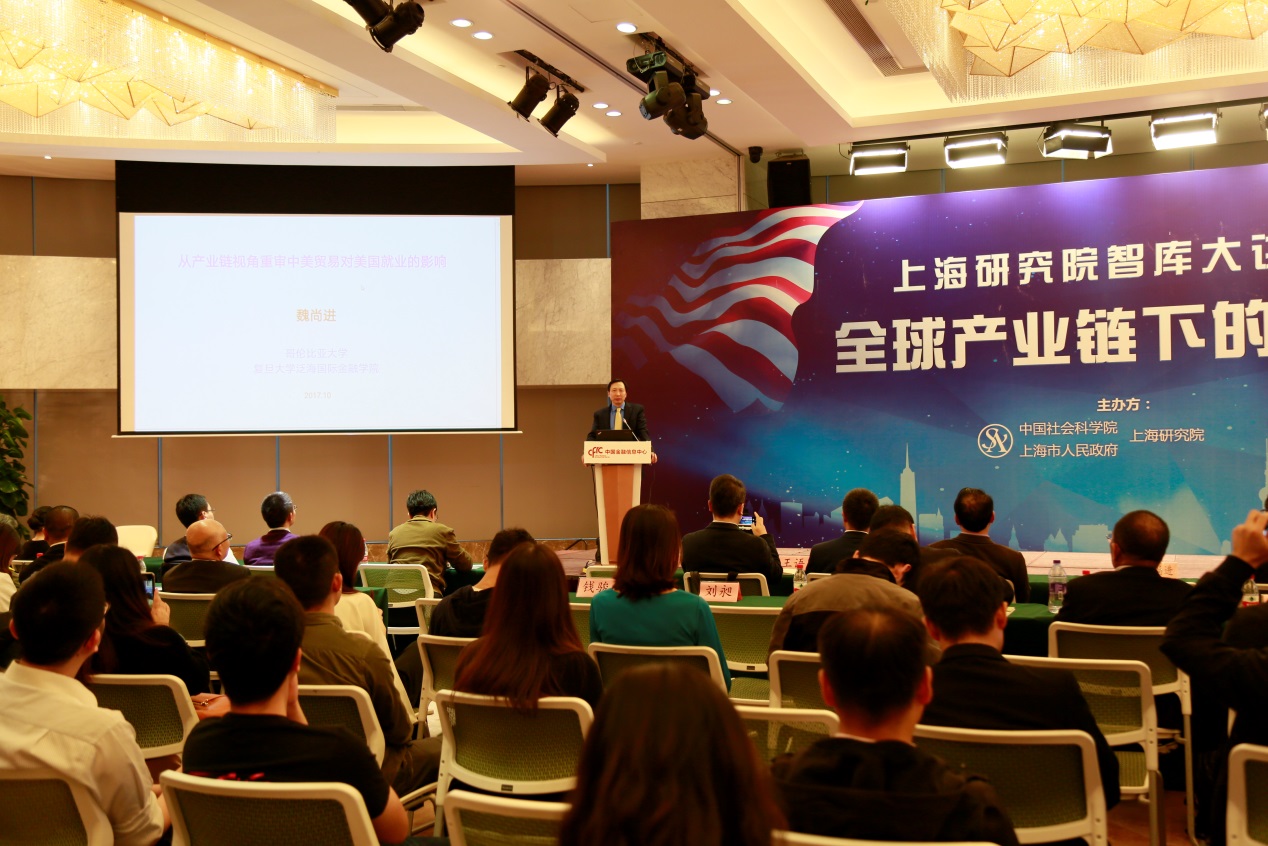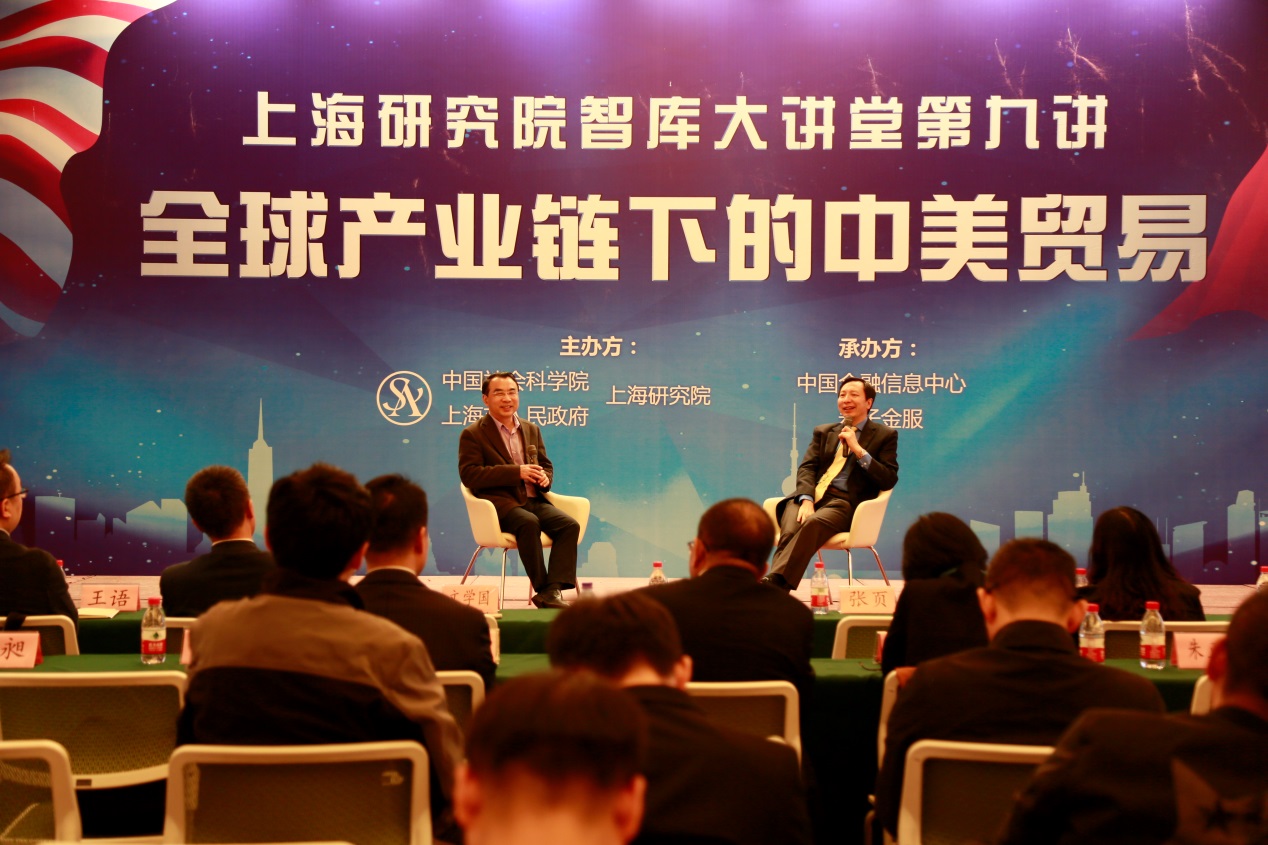
Anti-globalization and de-globalization have increasingly become an ideological trend throughout the world. During the presidential election, Donald Trump complained about US trade with countries like Mexico and Canada on multiple occasions, particularly attributing massive manufacturing job losses to the Sino-US trade. Besides politicians, US also heard a similar voice from the academic circle. The American Economic Review, for example, published an article that claimed “nearly one fourth of the job losses in US manufacturing can be owed to the imports (from China)”.
The famous economist Wei Shangjin said, the said mainstream economic analysis in the US is very likely to be wrong, and at least is one-sided. Wei Shangjin is a former chief economist of the Asian Development Bank, tenured chair professor with Columbia University and Chairman of the Academic Board of Fudan-Oceanwide International School of Finance. By the end of last year, Wei Shangjin was ranked among the top 1% on the global economists list released by a world-famous economic research database, and has topped the list of Chinese economists over the past decade. When acting as the guest speaker of the 9th Think Tank Lecture of Shanghai Academy held on October 18, he said the influence of Sino-US trade on US employment must be reviewed from the perspective of the industrial chain.
Wei Shangjin said, current research focuses on the direct impact of US imports from China on the US labor market but ignore the indirect and positive effects of the imports of intermediate inputs from China. From the perspective of the industrial chain, we can see the downstream effects of the supply chain, i.e. intermediate inputs make up a big part of US imports from China, and are used by the downstream enterprises in the US after import. That helps improve the production efficiency of US downstream enterprises and thus creates new jobs.
From 2000 to 2014, although the imports from China directly caused a 0.17% drop in US manufacturing jobs annually (proportion among working-age population), it drove employment in non-manufacturing sectors by 1.51% annually, fully counteracting and even changing the negative effects on the employment in manufacturing. As the downstream effects are big, the overall impact of the trade with China on US job market is positive (“net gains”), which was reflected in the 1.18% annual growth in employment during 2000-2014. In general, Sino-US trade didn’t cause the overall unemployment rate in the US to rise, but promoted industrial restructuring and the transfer of working population from manufacturing to non-manufacturing sectors in the US.
However, as the manufacturing job losses are direct and perceptible, Wei Shangjin said, even if most Americans benefit from Sino-US trade, many of them are unwilling to trade with China. That’s because they just focus on the direct impact of trade, and develop the illusion about “loss from trade” but ignore the indirect impact transferred from production along the value chain.

At the policy level, Wei Shangjin suggested that, besides compensation to laborers, the overall effects of trade shall be popularized for a better knowledge of the positive effects of trade on employment. That will help correct the misguidance of de-globalization and advance global trade towards the direction of win-win situations.
(Article and photos by Liu Geng and Xiang Jinmei)
